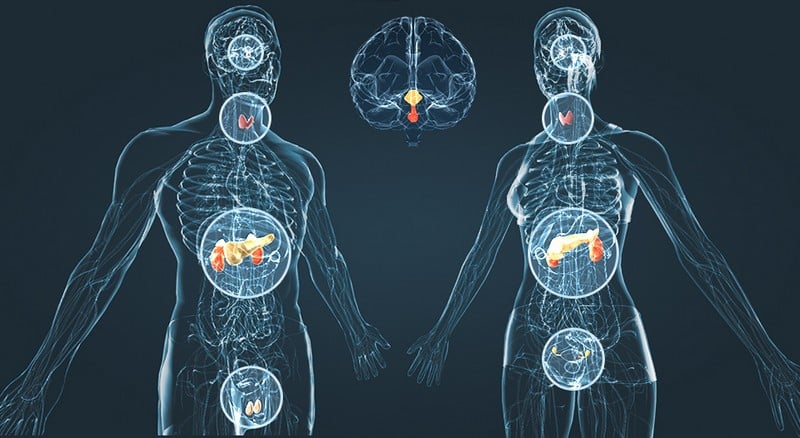Fordyce spots are small, pale bumps that appear on the inside of the cheeks or the border of the lips. They can also develop in the labia of females and the penis or scrotum of males. The spots (referred to as Fordyce glands or Fordyce granules) are enlarged oil glands. They cause no pain and are completely normal.
It is believed that Fordyce spots, which are generally present at birth, are natural skin variations. However, due to increased skin oil production and hormonal factors, they become more apparent during or after puberty. Most of the time, they appear as isolated or distributed lumps. But occasionally, they clump together.
Fordyce spots are frequently undetectable. However, they become more evident with advancing age, in people with specific diseases (such as colon cancer), or when the affected skin regions are stretched (during pregnancy). According to a 2015 case study, Fordyce spots affect 70 to 80 percent of individuals.
The exact mechanism by which Fordyce spots develop is unknown to scientists. The sebaceous glands, which produce the moisturizing oils for hair and skin, cause the spots. Researchers believe Fordyce spots are related to the endocrine system’s impact on the body’s sebaceous glands since they become more frequent as people age. However, further study is required.
Below are the possible causes of Fordyce spots.
Endocrine System

Fordyce spots are thought to be caused by the endocrine system’s action on the body’s sebaceous glands. However, further research is needed in this area. The spots do not cause any symptoms, aside from occasional itching, since they are asymptomatic.
Fordyce spots are a benign condition. Leaving them alone is a valid option if you’ve previously had them correctly identified as Fordyce spots. The problem for some is that the spots are unpleasant to look at.
Fordyce spots alone can make some people feel embarrassed. There are methods if you want them removed for aesthetic reasons, but you should carefully consider the risks of any potential issues and side effects before deciding to proceed.
They generally won’t disappear on their own. However, if you’re bothered by their presence and want to get rid of them, CO2 laser resurfacing is one of your options. This is one of the most common methods of treating stretch marks, acne, and scarring.
With CO2 laser resurfacing, the skin’s thin outermost layers are removed to reveal the softer skin below. Healing usually takes a few weeks following the procedure. Potential side effects may include swelling, sensitivity to the sun, and redness.










